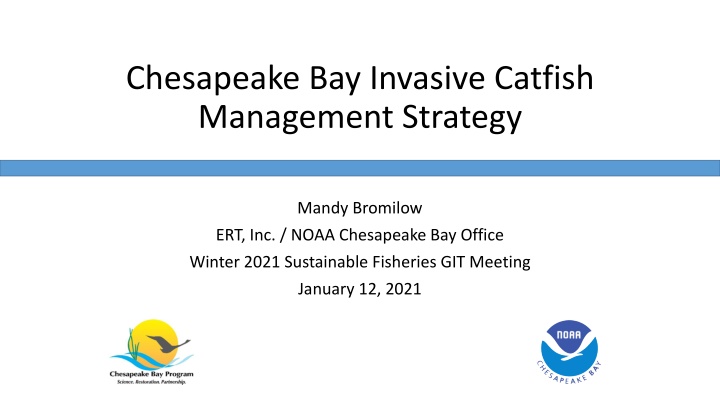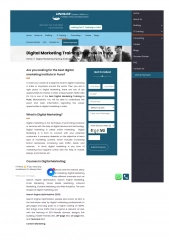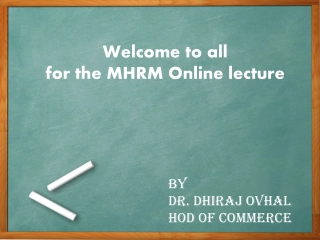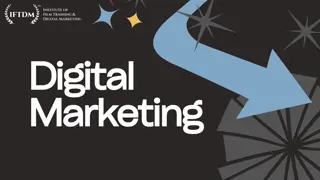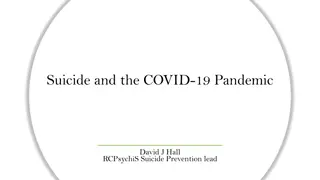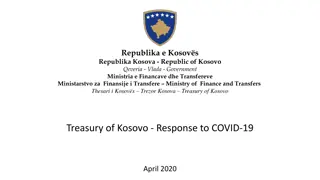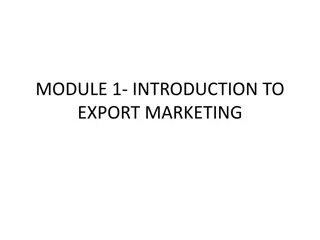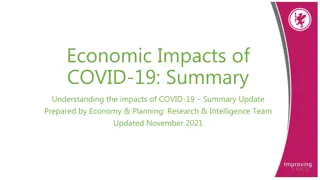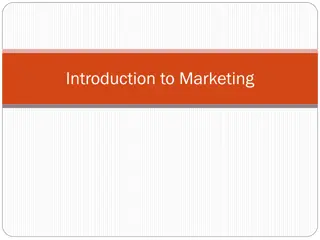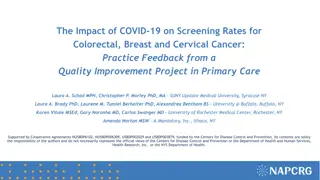Marketing Beyond COVID-19 Pandemic Management
In this insightful content, Professor Min-Yuh Day delves into the strategies and implications of marketing beyond the challenges posed by the COVID-19 pandemic. The case study explores topics such as SWOT analysis, PESTLE framework, TOWS matrix, STP (Segmentation, Targeting, Positioning), and the 4Ps of marketing. Additionally, it emphasizes understanding marketing management, capturing marketing insights, and building strong brands to create long-term value and success. The content also references renowned authors Philip Kotler and Kevin Lane Keller's work on Marketing Management, providing valuable insights for businesses navigating through uncertain times.
Download Presentation

Please find below an Image/Link to download the presentation.
The content on the website is provided AS IS for your information and personal use only. It may not be sold, licensed, or shared on other websites without obtaining consent from the author.If you encounter any issues during the download, it is possible that the publisher has removed the file from their server.
You are allowed to download the files provided on this website for personal or commercial use, subject to the condition that they are used lawfully. All files are the property of their respective owners.
The content on the website is provided AS IS for your information and personal use only. It may not be sold, licensed, or shared on other websites without obtaining consent from the author.
E N D
Presentation Transcript
Chesapeake Bay Invasive Catfish Management Strategy Mandy Bromilow ERT, Inc. / NOAA Chesapeake Bay Office Winter 2021 Sustainable Fisheries GIT Meeting January 12, 2021
Chesapeake Bay Program Chesapeake Bay Program Invasive Catfish Outcome Reduce the abundance and mitigate the spread and ecological impacts of invasive catfishes in Chesapeake Bay through increased public education and awareness and development of fishery management strategies that ensure ecosystem health and productivity. Flathead Catfish (Pylodictis olivaris) Blue Catfish (Ictalurus furcatus)
Invasive Catfish Workgroup Invasive Catfish Workgroup Invasive Catfish Workgroup Invasive Catfish Workgroup
Management Approach #1 Management Approach #1 Improve public awareness through outreach Improve public awareness through outreach and and marketing campaigns marketing campaigns Objectives: Improve public understanding of ecological impacts Increase market demand Increase participation in the recreational fishery Strategies: Social media (Facebook, Twitter) Outreach events (festivals, fishing tournaments, conferences, expos) Guide services Brand development
Management Approach #2 Management Approach #2 Remove processing barriers Remove processing barriers Objectives: Explore potential to relax inspection requirements for wild-caught, domestic catfishes Strategies: Continued communication with appropriate state and federal officials Economic impact analysis of inspection requirements on the fishery
Management Approach #3 Management Approach #3 Conduct and synthesize scientific research Conduct and synthesize scientific research Objectives: Synthesize knowledge of ecological impacts and evaluate options to quantify those impacts Strategies: Identify/compile data sources and evaluate alternative survey methods Develop indicator scorecards to track status and invasion risk of tributaries Use ecosystem models to assess ecological impacts Model/assess economic benefits of fisheries to inform optimal allocations
Management Approach #4 Management Approach #4 Tributary Tributary- -specific management specific management Objectives: Develop management plans that consider each tributary (population) individually Strategies: Use ecosystem models to develop management objectives Examine economic/ecological trade-offs of removal Develop preliminary population models using available data to estimate removal targets Conduct angler surveys to understand catfishing interests in each tributary
